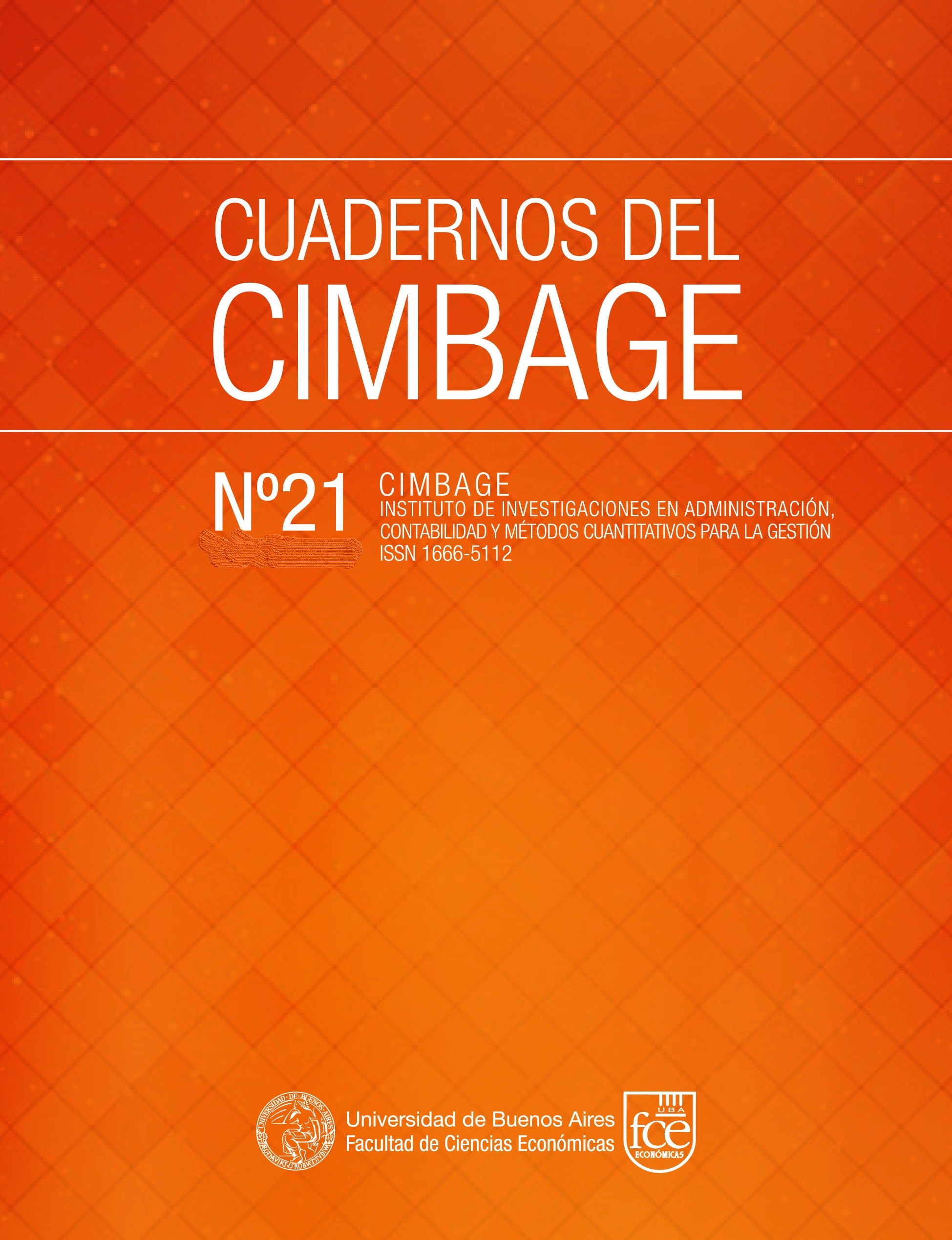La transversalidad de la ‘lógica’ borrosa, ¿una oportunidad pedagógica?
Resumen
Esta contribución pretende dar a conocer el potencial de la lógica borrosa debido a su transversalidad con área tales como: Matemáticas, Filosofía, Ingeniería, Medicina, etc., con el objetivo de contribuir a la metodología de aprendizaje basado en proyectos multidisciplinares. Se centra en la enseñanza preuniversitaria y la de formación profesional.
Descargas
Citas
Alonso, J.M. (2019) Explainable Artificial Intelligence for kids, Proceedings 11th Conference of the European Society for Fuzzy Logic and Technology (EUSFLAT), 1, pp.134-141.
Alsina, C. y Trillas, E. (1984), Lecciones de Álgebra y Geometría. Ed. Gustavo Gili.
Dubois, D., Nguyen, H. and Prade, H. (2000) Possibility Theory, Probability and Fuzzy Sets Misunderstandings, Bridges and Gaps. In: Dubois, D., Prade H. (Orgs.) Fundamentals of Fuzzy Sets. Springer: Kluwer Acad. Publ., The Handbook of Fuzzy Sets Series, pp. 343-438.
García-Honrado, I. (2013) Reflections on the teaching of Fuzzy Logic, Proceedings of the 8th Conference of the European Society for Fuzzy Logic and Technology (EUSFLAT), pp. 683–690.
Kosko, B. (1999), El futuro borroso o el cielo en un chip. Ed. Crítica.
Lin, H.R., Cao, B.Y. and Lien, Y.Z. (2018) Fuzzy Sets Theory Preliminary: Can a Washing Machine Think? Springer.
López de Mántaras, R., (2013). Computational Creativity. Arbor, 189 (764)
Mukaidono, M. (2004) Fuzzy Logic for Beginners. World Scientific.
Nguyen, H.T. and Walker, E.A. (2000) A First Course in Fuzzy Logic. Chapman & Hall/CRC.
Phyllis, C. B., Soloway, E., Marx,Joseph, R. W., Krajcik, S., Guzdial, M. and Palincsar, A. (1991) Motivating Project-Based Learning: Sustaining the Doing, Supporting the Learning. Journal Educational Psychologist26 (3-4) pp.369-398
Sangalli, A. (1998) The Importance of Being Fuzzy And Other Insights From the Border Between Maths and Computers. Princeton University Press.
Trillas, E. (1994) Fundamentos e Introducción a la ingeniería ‘fuzzzy’. Omron Electronics.
Trillas, E. (1980) Conjuntos borrosos. Ed. Vicens Vives.
Trillas, E. (2017) On the Logos: A naïve view on fuzzy logic and ordinary reasoning. Springer.
Trillas, E. (2018) El desafío de la creatividad. Eds. Universidad de Santiago de Compostela.
Trillas, E., Alsina, C. y Terricabras, J.M. (1995) Introducción a la lógica borrosa. Ariel.
Trillas E. y Eciolaza, L. (2015) Fuzzy Logic: An Introductory Course for Engineering Students. Springer.
Trillas, E. y Gutiérrez Ríos, J. (1995) Aplicaciones de la lógica borrosa. Ediciones del CSIC.
Trillas E. y Vila, A. (1979) Espacios. Ed. Vicens-Vives.
Ummah, S.K., In'am A. and Azmi, R. D. (2019) Creating Manipulatives: Improving Students' Creativity through Project-Based Learning Journal on Mathematics Education, 10(1) pp.93-102.
Aquellos autores/as que tengan publicaciones con esta revista, aceptan los términos siguientes:
- Los autores/as conservarán sus derechos de autor y garantizarán a la revista el derecho de primera publicación de su obra, el cuál estará simultáneamente sujeto a la Licencia de reconocimiento de Creative Commons Atribución-NoComercial-CompartirIgual 4.0 Internacional (CC BY-NC-SA 4.0) que permite a terceros copiar y redistribuir el material en cualquier medio o formato y adaptar — remezclar, transformar y construir a partir del material bajo la la misma licencia del original. En todos los casos, debe dar crédito de manera adecuada.
- Los autores/as podrán adoptar otros acuerdos de licencia no exclusiva de distribución de la versión de la obra publicada (p. ej.: depositarla en un archivo telemático institucional o publicarla en un volumen monográfico) siempre que se indique la publicación inicial en esta revista.
- Se permite y recomienda a los autores/as difundir su obra a través de Internet (p. ej.: en archivos telemáticos institucionales o en su página web) antes y durante el proceso de envío, lo cual puede producir intercambios interesantes y aumentar las citas de la obra publicada. (Véase El efecto del acceso abierto).
 Esta obra está bajo una Licencia Creative Commons Atribución-NoComercial-CompartirIgual 4.0 Internacional.
Esta obra está bajo una Licencia Creative Commons Atribución-NoComercial-CompartirIgual 4.0 Internacional.


